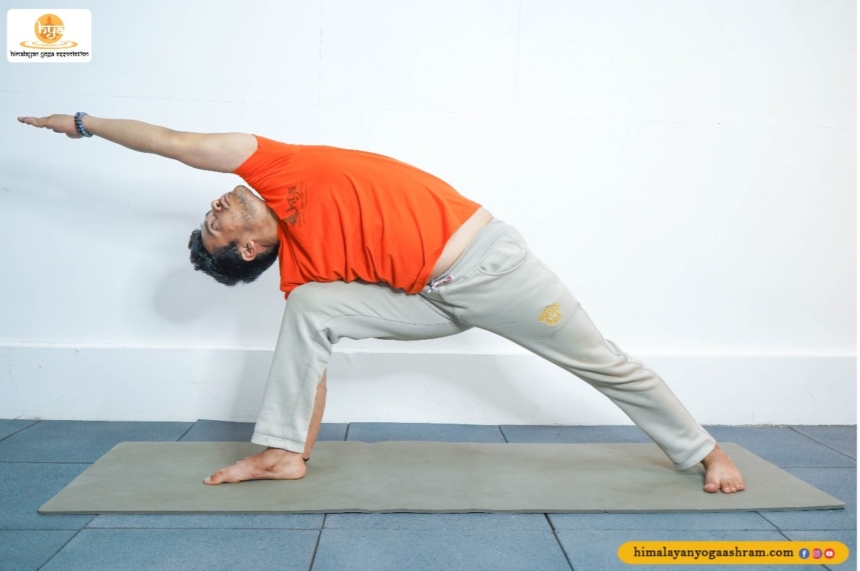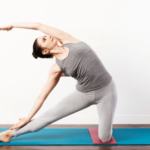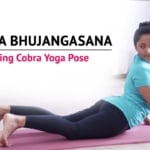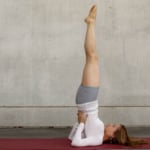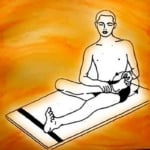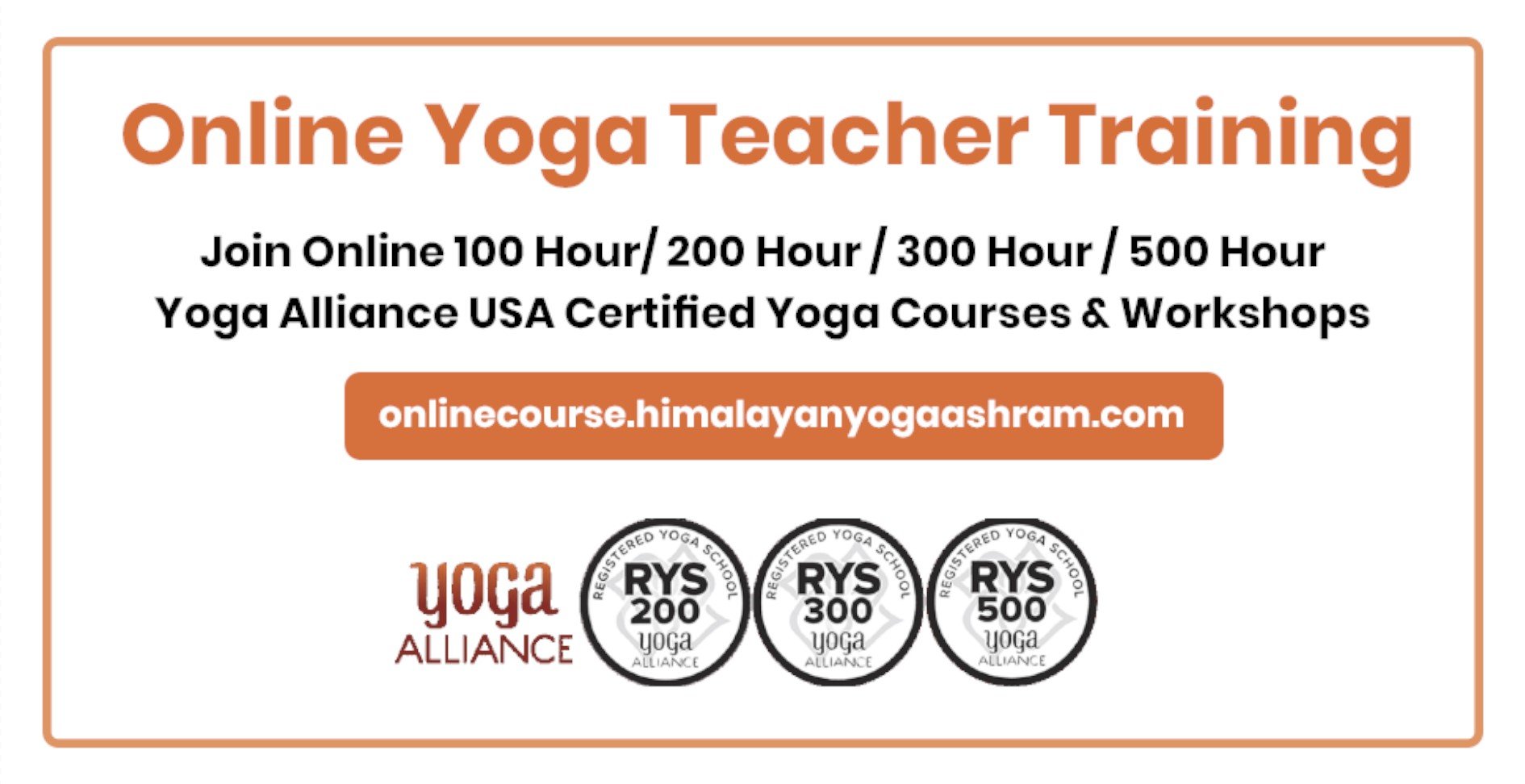PARIVRTTA UTTHITA PARSHVAKONASANA
By Himanshu JoshiYoga
“Sthirasukhamasanam”
Patanjali’s Yoga Sutras / Pada 2, Sutra 46
– Steady and comfortable should be the posture –
In the Ashtanga Standing Sequence, this asana comes in relatively in the early stage, but it requires you to twist your body super hard, and a lot of practitioners find it quite challenging in the beginning.
Where there is a challenge, we grow!
METHOD
1 – Start by standing in a mountain pose. Stand tall and upright, establish a solid relationship with the ground by distributing your body weight equally spreaded on every part of the feet. Take a deep inhale.
2 – While exhaling, place your hands on your hips, and move your left leg to the back side. Keep your right foot at where it is, and point your left foot slightly to the right. Align your heels on a straight line, tighten your thighs and turn your right thigh slightly outwards. The middle of your kneecap should be directly above your right ankle, not bent in or out.
3 – As you exhale, rotate your torso to the right as much as possible. Make sure that your right thigh is parallel to the ground. Your right calf should be vertical to the ground, with your knees directly above your heel. At the same time, press your left thigh towards the sky and stretch deeply through your left heel while tucking into your tailbone.
4 – Breathe in again, and bend your torso deeper to the right, and lower your left shoulder towards your right foot. Place your left palm on the right side of your right foot, using the pressure of your arm against your thigh to help your shoulder bend forward. Pull your shoulder blades down and back.
5 – Continue stretching your torso for several breaths.
As you exhale, raise your torso, and return to the mountain pose. Repeat the other side.
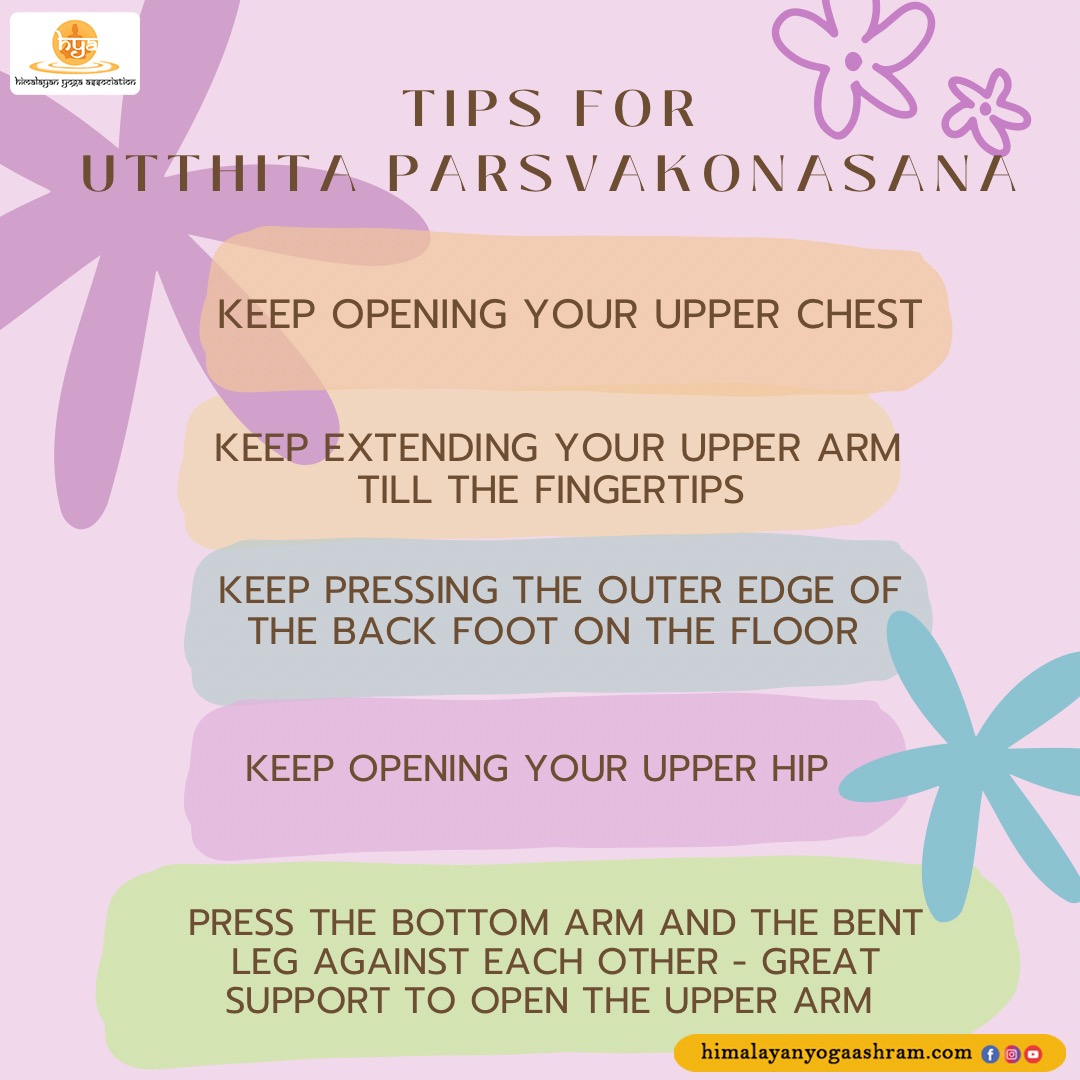
BENEFITS
- Contracts abdominal organs, and aids digestion.
- Directs the blood flow in the abdominal and spinal region, and improves their functions.
- Stretches the knees, ankles, thighs, groin, spine, shoulder and abdomen, and lungs as well.
- Strengthens the knees, ankles and thighs, arms.
- Helps to remove excess fat around the waist and hip.
- Beneficial for people who suffer from sciatica pain.
- Prevents osteoporosis
- Relieves lower back pain.
CONTRAINDICATIONS
- Avoid this asana unless instructed any modifications by professionals if you have any of the below or feel uncomfortable any time during your practice.
- High blood pressure
- Balancing issues
- Spondylitis or any spinal abnormality
- Any surgery, fractures, discomfort in any part of the body

